Posts Tagged: current
How's Your Front Yard Looking?
How's your front yard looking? A little bit brown due to the drought? Thinking of replacing some of your plants with drought-tolerant ones? And...
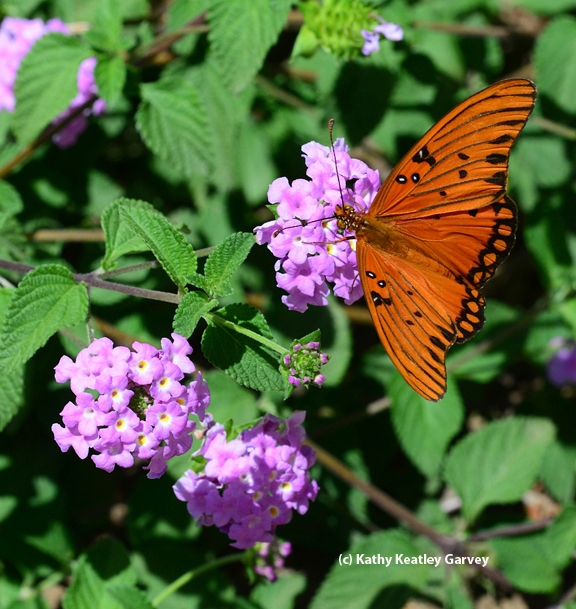
A Gulf Fritillary butterfly on purple lantana. (Photo by Kathy Keatley Garvey)
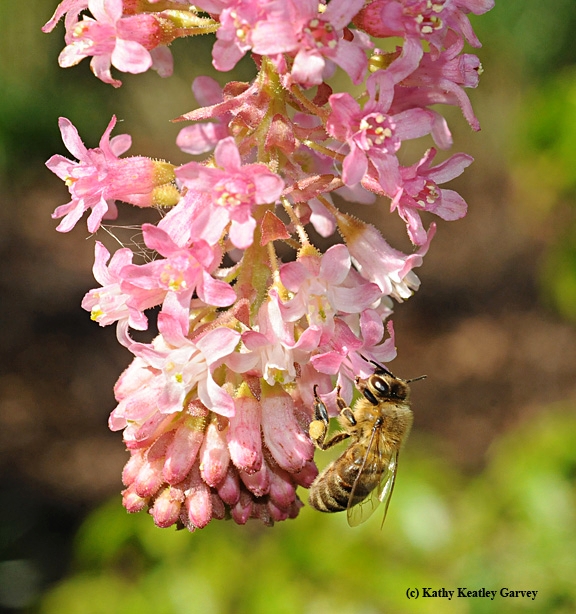
A honey bee on pink chaparral current. (Photo by Kathy Keatley Garvey)
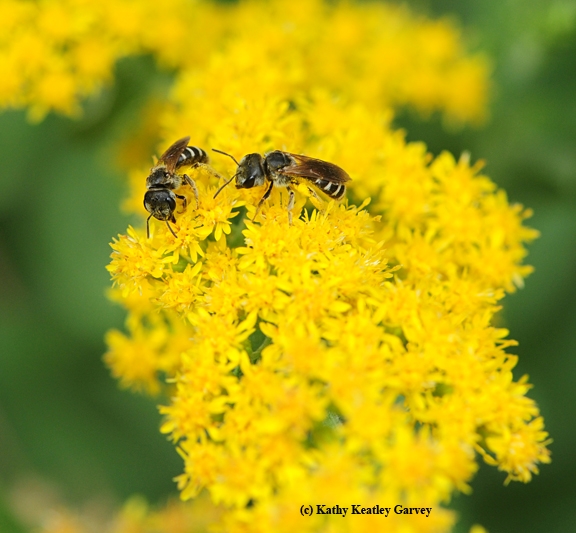
Sweat bees (Halictus ligatus) on goldenrod. (Photo by Kathy Keatley Garvey)
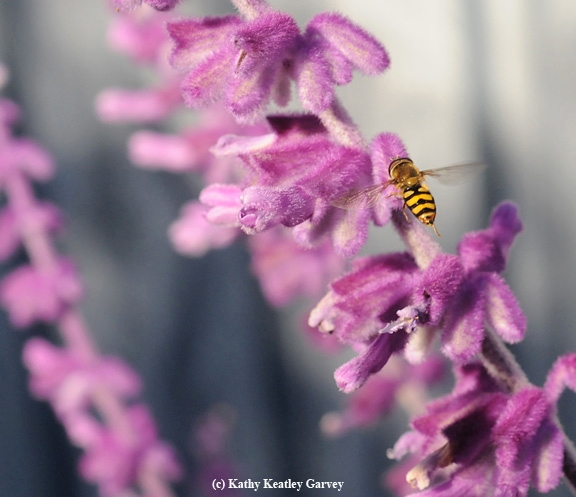
A syrphid fly, aka hover fly and flower fly, on Russian sage. (Photo by Kathy Keatley Garvey)
It All Began at UC Davis
It all began at UC Davis. The highly acclaimed research published in Current Biology that cracked the 200-year secret of complementary...
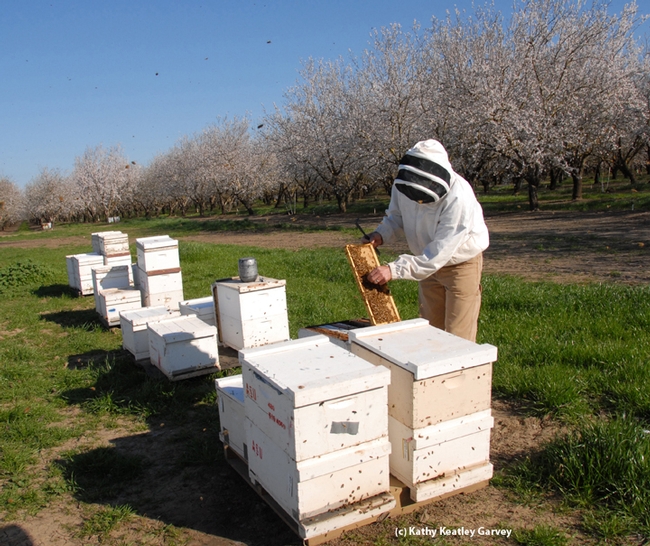
Bee breeder-geneticist Michael "Kim" Fondrk works the Page bees in a Dixon almond orchard. (Photo by Kathy Keatley Garvey)
Surprise! Bees and Ants More Closely Related Than Most Wasps
Who would have thought? Who would have thought that ants are more closely related to bees than they are to most wasps? In ground-breaking research...
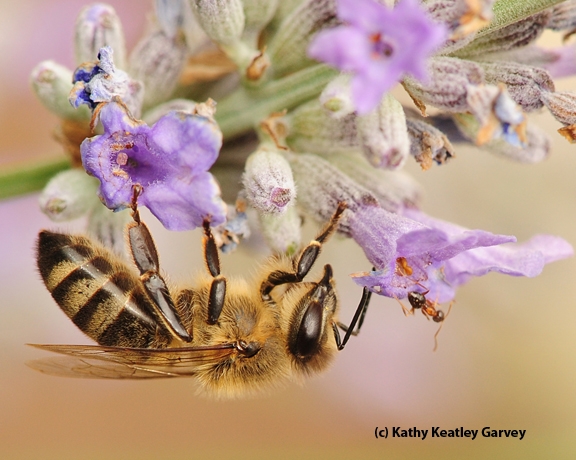
A bee and an ant; they're more closely related than they are to most wasps. (Photo by Kathy Keatley Garvey)
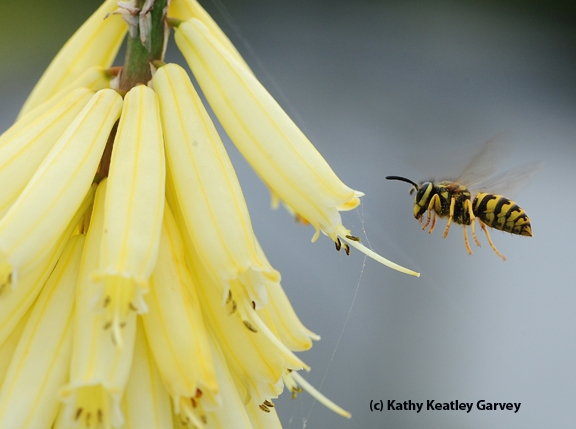
Ants and bees are more genetically related to each other than they are to social wasps, such as this yellow jacket. (Photo by Kathy Keatley Garvey)
Superman, Meet the Super Girls
You're sitting around discussing the importance of honey bees. The points include: they give us honey, they pollinate agricultural crops, and...

Honey Bee

